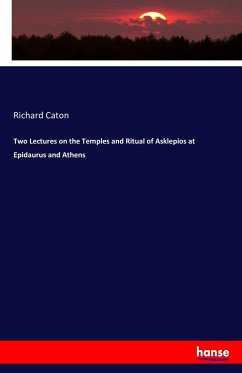The terracotta temples of India, particularly those in Bengal, serve as profound expressions of the Indian Knowledge Systems (IKS), weaving together insights from architecture, mathematics, cosmology, art, and spiritual philosophy. This research delves into how sacred geometry and spatial design in these temples reflect the Indian worldview-especially the notion of dharma as both cosmic law and social harmony. Drawing from on-site temple analyses and ancient texts such as the Silpa Shastras, Vastu Shastra, and Agamas, the study explores how traditional artisans embedded metaphysical and cosmological principles within the physical structure and ornamentation of temples. Case studies from Bishnupur and other temple sites reveal how spatial orientations, proportion, iconography, and motifs serve not merely decorative purposes but also function as symbolic embodiments of universal order and spiritual ascent. This paper underscores the continued relevance of IKS in contemporary architectural discourse, especially in promoting sustainability, cultural continuity, and holistic design practices.
Bitte wählen Sie Ihr Anliegen aus.
Rechnungen
Retourenschein anfordern
Bestellstatus
Storno








